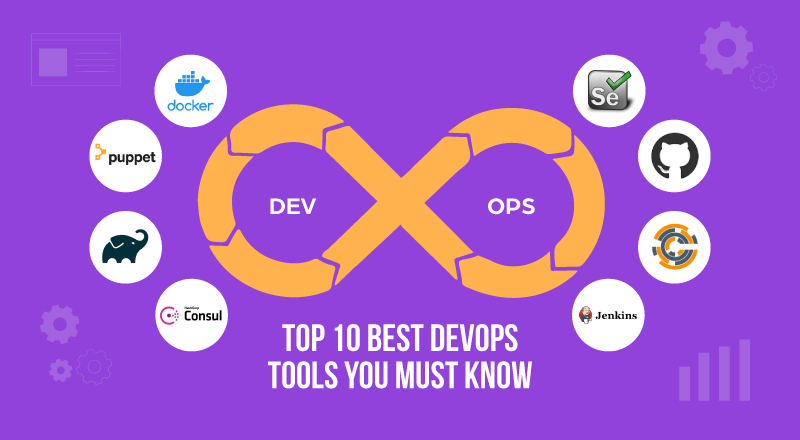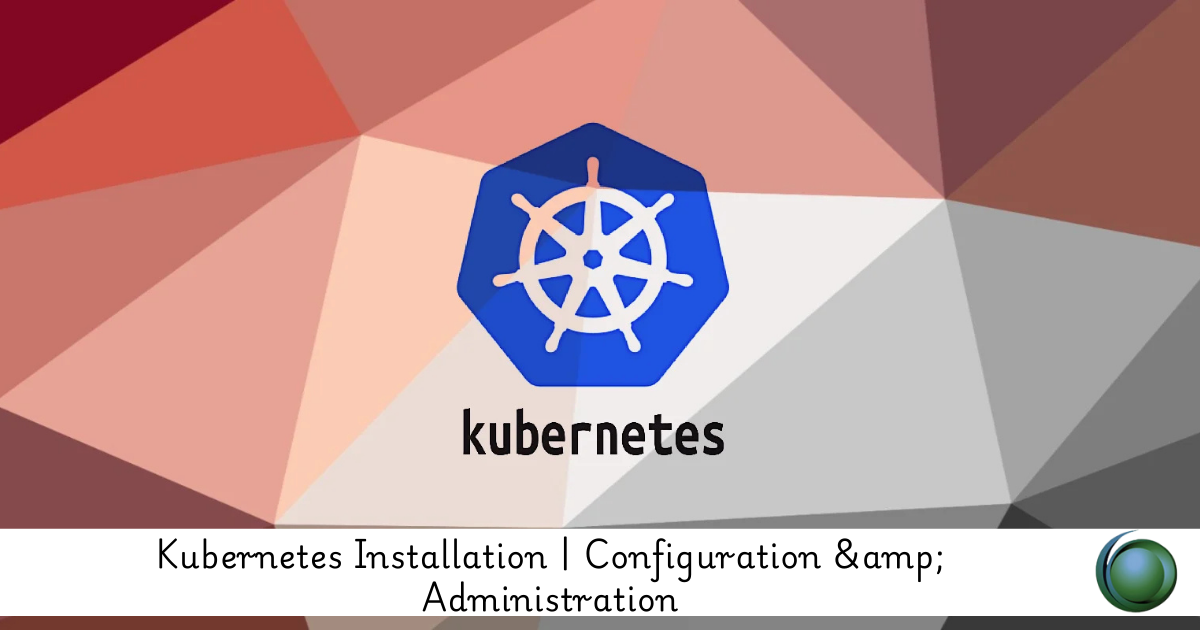Description
Introduction
Puppet is a powerful configuration management tool that automates the deployment, management, and configuration of systems. It helps organizations maintain infrastructure as code, ensuring consistency, security, and scalability across environments. Whether you are managing a few servers or thousands, Puppet streamlines system administration, reducing manual effort and minimizing errors. This course introduces the fundamentals of Puppet, guiding you through its setup, core concepts, and best practices for efficient configuration management.
Prerequisites
Before starting this course, participants should have:
- Basic knowledge of Linux system administration
- Familiarity with command-line operations
- Understanding of configuration files and system services
- Some experience with scripting (Bash, Ruby, or Python) is beneficial but not required
Table of Contents
- Introduction to Puppet
1.1 What is Puppet?
1.2 Benefits of Configuration Management
1.3 Puppet vs. Other Configuration Management Tools - Setting Up Puppet
2.1 Installing Puppet and Puppet Agent
2.2 Configuring the Puppet Master and Agents
2.3 Understanding Puppet’s Directory Structure - Puppet Language and Manifests
3.1 Understanding Puppet DSL (Domain-Specific Language)
3.2 Writing Basic Puppet Manifests(Ref: Puppet Practitioner Program for DevOps professionals)
3.3 Using Variables, Facts, and Templates - Modules and Classes
4.1 What are Puppet Modules?
4.2 Creating and Managing Puppet Modules
4.3 Using Classes for Code Reusability - Resource Types and Providers
5.1 Managing Files, Services, and Packages
5.2 Using Puppet’s Built-in Resource Types
5.3 Custom Resource Types and Providers - Puppet Hiera and Data Separation
6.1 Introduction to Hiera
6.2 Organizing Configuration Data with Hiera
6.3 Using Hiera in Puppet Manifests - Puppet Forge and Community Modules
7.1 Exploring Puppet Forge
7.2 Installing and Using Community Modules
7.3 Best Practices for Customizing Modules - Puppet Automation and Orchestration
8.1 Puppet Bolt for Task Automation
8.2 Using PuppetDB for Reporting and Querying
8.3 Integrating Puppet with CI/CD Pipelines - Troubleshooting and Best Practices
9.1 Debugging Puppet Manifests and Logs
9.2 Managing Puppet Runs and Reports
9.3 Security and Compliance Best Practices
Conclusion
Puppet simplifies and automates system configuration management, reducing complexity while ensuring consistency across environments. By mastering Puppet’s core concepts, modules, and automation capabilities, administrators can improve infrastructure reliability, scalability, and security. This course equips you with the essential skills to implement Puppet effectively, empowering you to manage large-scale infrastructure with confidence.










Reviews
There are no reviews yet.